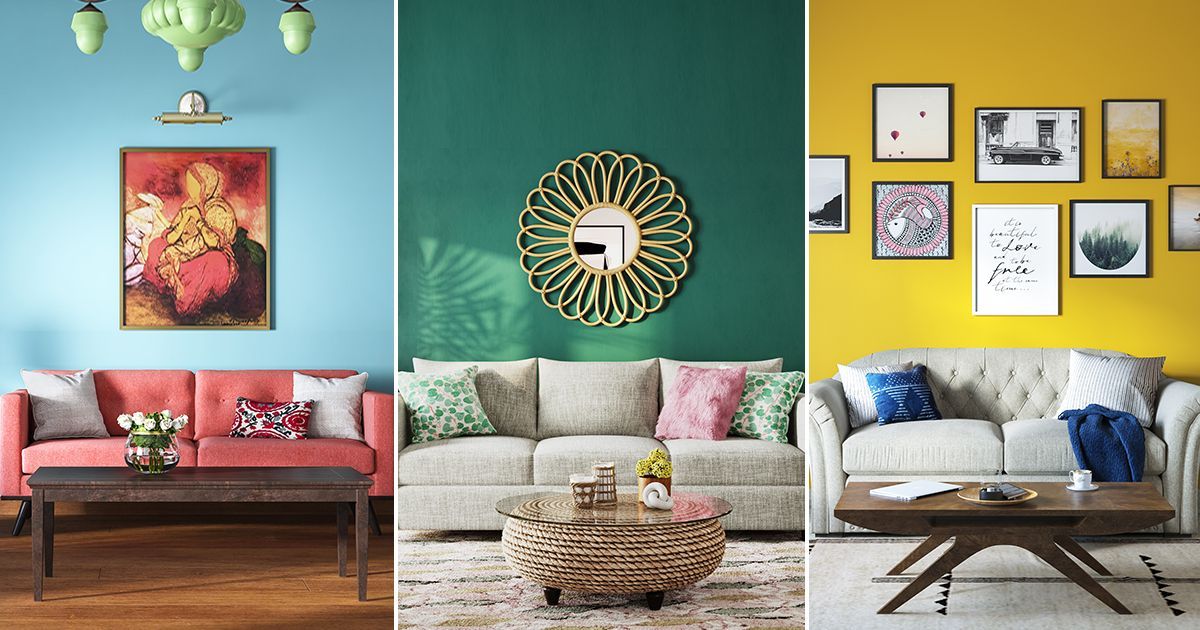Transform Your Home With Necessary Principles of Interior Decoration and Aesthetic Appeals
By recognizing the effect of color theory and the relevance of texture and patterns, one can create areas that are not just aesthetically enticing yet also deeply individual. Accomplishing this equilibrium includes even more than mere decor; it encompasses a tactical plan and an eager understanding of exactly how each element communicates within a space.
Recognizing Color Theory
Understanding the principles of color concept allows designers to develop spaces that reverberate psychologically with passengers while fulfilling functional needs. Each classification plays a crucial role in developing harmony within an area.
The mental influence of shades is extensive; cozy shades such as reds and oranges stimulate power and heat, while great tones like blues and environment-friendlies promote peace and serenity. The usage of corresponding shades boosts aesthetic rate of interest, developing striking contrasts that can elevate an area's appeal.
Neutral shades, on the other hand, function as a functional background, enabling other layout components to radiate. It is vital to think about factors such as illumination and the room's objective when selecting a color scheme, as these can change the perception of colors throughout the day.
Eventually, a well-considered color design can transform a room, promoting a sense of comfort and style that straightens with the citizens' preferences. Proficiency of shade theory is, therefore, a crucial ability for any type of interior designer intending to create harmonious and inviting settings.
Achieving Equilibrium in Layout
How can developers accomplish a sense of balance in their areas? Attaining equilibrium in style is fundamental to developing unified interiors. Designers can make use of 3 primary kinds of balance: in proportion, asymmetrical, and radial. Symmetrical equilibrium includes setting up aspects evenly around a main factor, cultivating a sense of order and tranquility. This type typically features sets of furniture or art work, boosting aesthetic stability.
Unbalanced equilibrium, on the various other hand, depends on differing aspects that still achieve a cohesive look. This strategy permits more dynamic and informal setups, offering rate of interest while maintaining stability. By very carefully choosing differing sizes, shades, and textures, designers can create a visually engaging space that really feels balanced yet energised.
Radial equilibrium emphasizes a main focal point with aspects emitting outside. This design is generally seen in round formats, where furnishings and style develop a cohesive surround that draws the eye inward.
Eventually, achieving balance needs thoughtful consideration of range, percentage, and the connections in between aspects. Architecture Firm. By masterfully applying these equilibrium concepts, developers can transform rooms right into environments that really feel both cosmetically pleasing and functionally harmonious, enhancing the overall experience for occupants
Significance of Spatial Understanding

An eager sense of spatial recognition allows developers to identify centerpieces within a space, assisting the customer's attention to key attributes while preserving a total feeling of unity. It likewise assists in the tactical positioning of lighting, which can significantly affect the perception of room and mood. Understanding spatial relationships makes it possible for the developer to provide to the specific requirements of inhabitants, guaranteeing that each location serves its intended purpose without jeopardizing aesthetic appeals.
Ultimately, spatial awareness is essential for optimizing the possibility of any indoor space. By meticulously taking her latest blog into consideration the interplay between measurements, format, and function, developers can create environments that not just meet practical requirements yet additionally stimulate a sense of convenience and elegance, improving the general living experience.
Including Structure and Patterns
Accepting a diverse range of structures and patterns can significantly improve the aesthetic and tactile appeal of an interior space. The tactical use various products-- such as timber, steel, fabric, and stone-- creates depth and passion, making a space really feel extra welcoming and vibrant. For example, integrating smooth surface areas with rough appearances can establish a balance that attracts the eye and engages the senses.
When integrating patterns, think about both range and repetition. Large patterns can work as focal points, while smaller sized, refined designs can enhance other address aspects without frustrating the room. Layering patterns, such as pairing flower paddings with striped tosses, adds complexity and a feeling of consistency if carried out thoughtfully.
It is also important to preserve a natural shade scheme, guaranteeing that structures and patterns function with each other as opposed to complete for attention. By choosing a few crucial textures and patterns, you can create an unified aesthetic that reflects your personal style while boosting the total atmosphere of the room. Inevitably, the careful incorporation of these components can change a mundane space right into an innovative environment abundant with personality and heat.
Personalizing Your Room
Developing an area that shows your personality is important to attaining a truly welcoming environment. Personalization in interior decoration enables you to instill your special style and passions right into your home, changing it from a plain shelter into a sanctuary that speaks with who you are. Begin by selecting a shade palette that resonates with your feelings-- bold colors can energize, while soft tones supply serenity.
Incorporate artwork and style that reflect your enthusiasms, whether it be travel, nature, or abstract ideas. Displaying individual collections, such as publications, photos, or keepsakes, can stimulate valued memories and produce prime focus within a room. In addition, consider customizing functional items, like upholstered furnishings, to align with your visual choices.

Final Thought
Finally, the change of a home via the important concepts of interior decoration and aesthetics necessitates a comprehensive understanding of shade theory, balance, spatial recognition, texture, and customization. Each component contributes significantly to developing an unified and functional living atmosphere - interior design firms. By thoughtfully incorporating these principles, people can enhance the visual allure and emotional resonance of their areas, inevitably cultivating a home that shows one-of-a-kind identities while giving convenience and usefulness